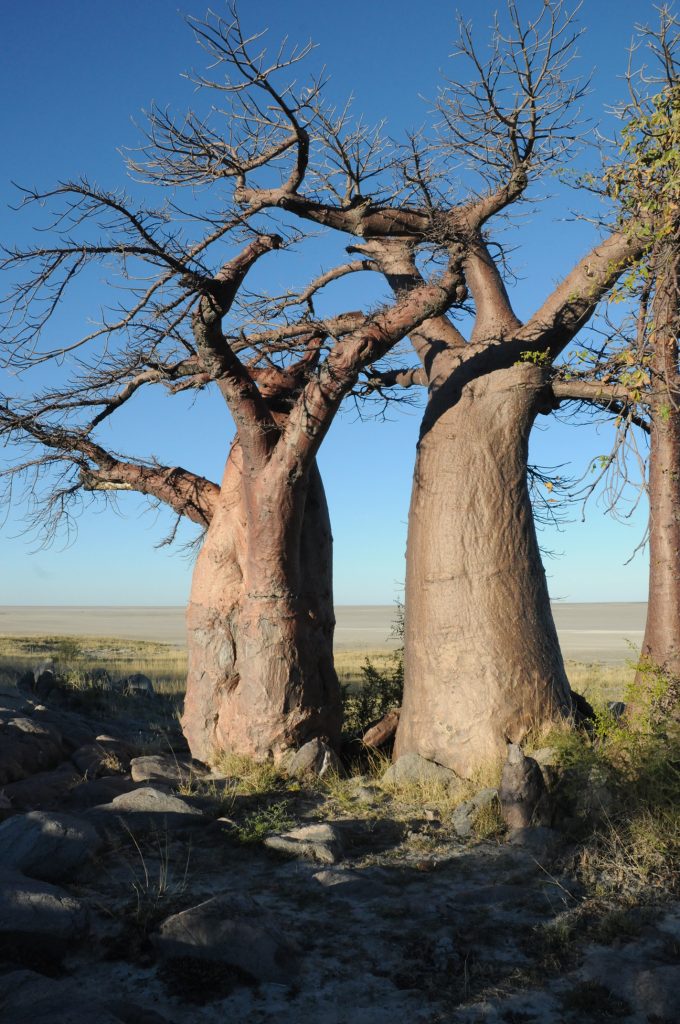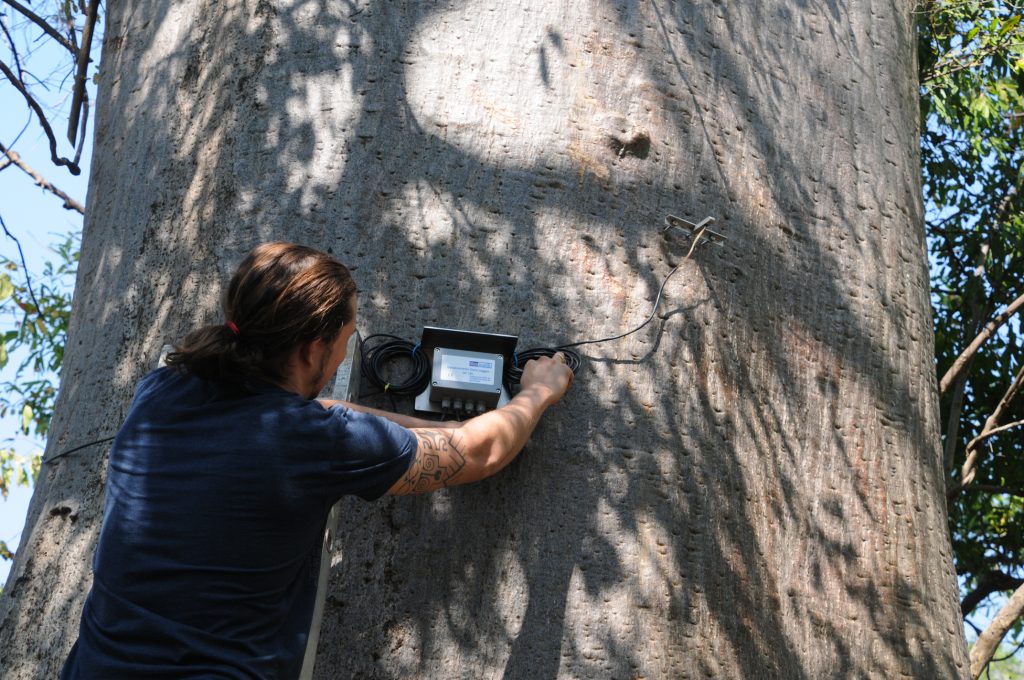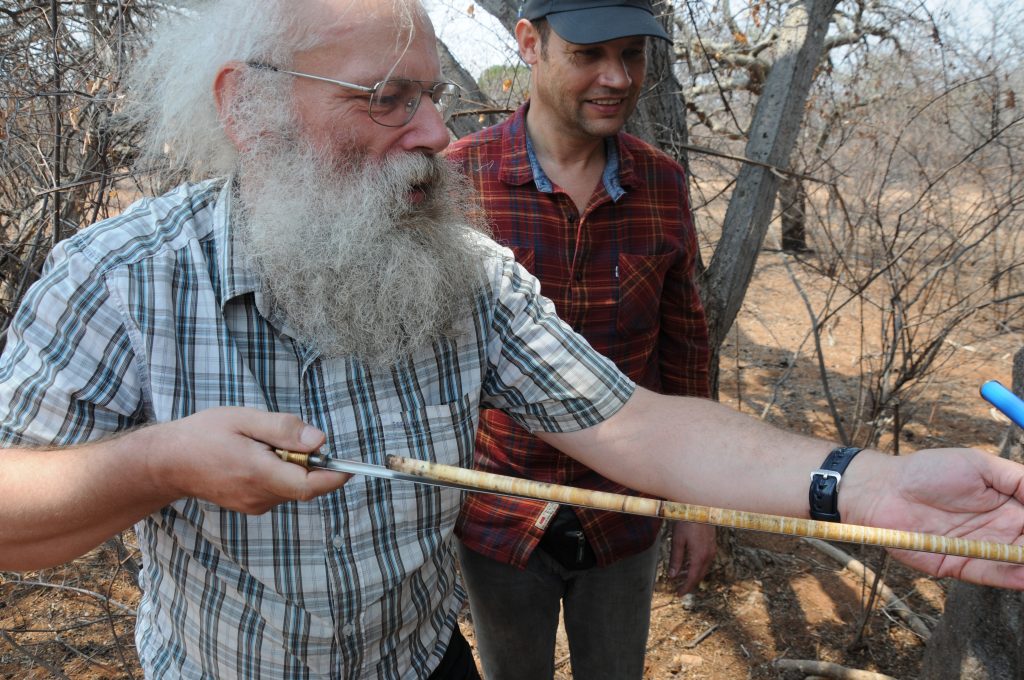Why the Kingdom of Zimbabwe collapsed is one of the most intriguing questions in the archaeology of southern Africa. The kingdom of Mutapa (Munhumutapa) extended over a vast territory as far as the Kalahari Desert in southern Africa from about the 11th to the 15th century AD. Imports found in the palace are evidence of trade contacts reaching as far as China. When the first Europeans conquered the region in the 16th century, Great Zimbabwe, the kingdom’s stone-built capital city, had already been abandoned. In the absence of a written language there are no written sources at all, so it’s essential for researchers to access other archives relating to landscape and vegetation history.

A team of natural scientists from the Head Office is trying to extract information from baobab trees. Baobabs live for an extremely long time and represent a unique climate archive. By opening up this archive, the project will contribute to a new understanding of man–environment interaction in southern Africa.

